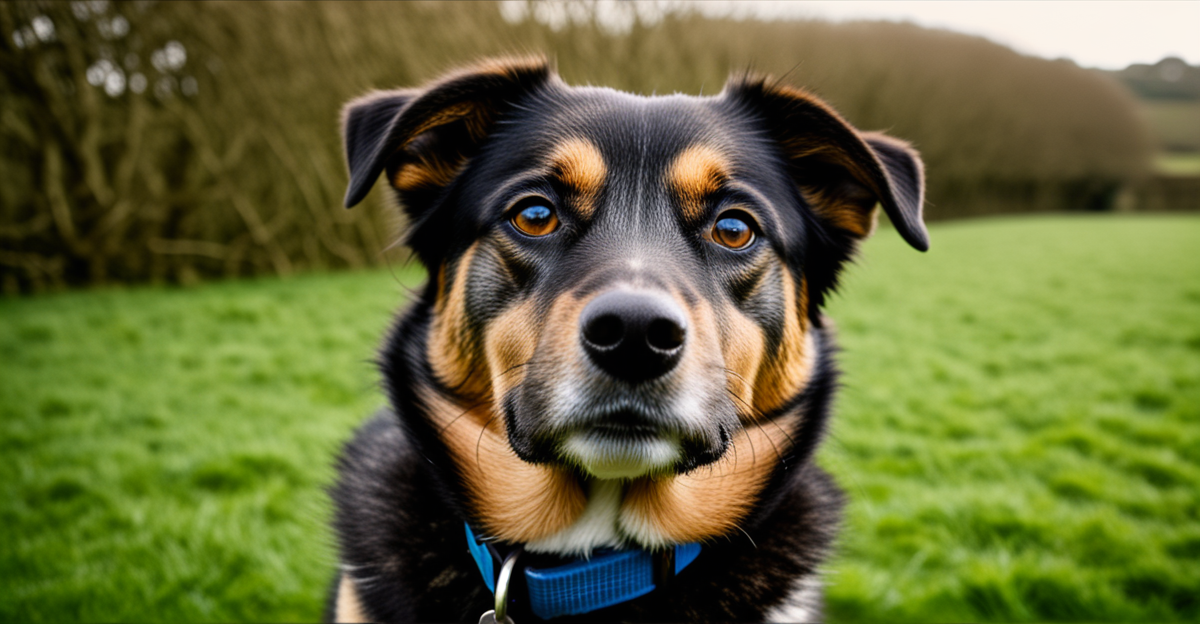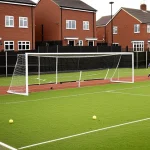Pet-Proofing Your Home in the UK
Creating a safe home environment for your pet involves identifying common home hazards for pets in UK households and taking practical measures to mitigate risks. Typical dangers include accessible chemicals, such as cleaning supplies and pesticides, which must be stored securely. Use child-proof locks or high cabinets to prevent accidental ingestion. Electrical safety is another critical aspect; loose wires or exposed sockets can harm curious pets, so consider protective covers or cable management systems.
In addition to securing physical hazards, investing in UK-approved safety products can bolster pet-proofing efforts. Safety gates specifically designed for pets help restrict access to unsafe areas without causing stress. Non-toxic cleaning products certified in the UK reduce risk from residue exposure.
Also to see : How Can Pets in the UK Improve Our Mental Health?
Regularly inspect your living spaces for new hazards unique to your home layout or pet’s behavior, adapting safeguards accordingly. Remember, effective pet-proofing is an ongoing process, not a one-time setup, essential for pet safety UK households prioritize. Through careful attention to these factors, you maintain an environment where your pet can thrive safely indoors.
Pet-Proofing Your Home in the UK
Creating a safe home environment for your pet starts with thorough pet-proofing. In UK households, common home hazards for pets include accessible cleaning chemicals, exposed electrical cords, and choking risks from small objects lying around. Pets, especially curious puppies and kittens, might chew on electrical wires, leading to shocks or fires. Secure storage of all chemicals in locked cupboards is therefore vital to maintain pet safety UK.
In parallel : How do UK pet insurance policies work?
Pay attention to kitchen and bathroom areas where harmful substances can be tempting to pets. Additionally, consider locking away dangerous items like batteries and medications. In rooms with many cords, use protective tubing or covers to prevent chewing accidents.
UK-approved safety products such as secure pet gates and corner guards can effectively limit access to unsafe zones. These products not only help contain pets but also reduce risks of injury by blocking stairs or hazardous rooms. Regularly reviewing your living space for new hazards supports ongoing pet-proofing efforts and ensures your home stays safe and comfortable for your furry friends.
Recognising and Preventing UK-Specific Hazards
Understanding UK pet hazards is vital for a truly safe home environment. Some toxic plants commonly found in UK homes and gardens—like foxglove, lily of the valley, and rhododendron—pose significant risks to pets. If ingested, these plants can cause symptoms ranging from mild irritation to severe poisoning. Knowing which plants to avoid or remove reduces home hazards for pets effectively.
Outdoor dangers also include pesticides and antifreeze, substances that are often overlooked but highly toxic. Pet-proofing outdoor spaces means storing these chemicals securely and choosing pet-safe alternatives whenever possible. Local wildlife, such as deer ticks, can transmit diseases, further complicating pet safety UK owners must consider.
Safe gardening practices help minimize these risks. For example, regularly clearing fallen leaves prevents mould growth, and supervising outdoor time limits exposure. By addressing both indoor and garden hazards, UK pet owners can proactively manage common household dangers for pets and preserve a truly secure living space.
Recognising and Preventing UK-Specific Hazards
Understanding UK pet hazards is vital for maintaining a safe home environment. Many common household and garden plants are toxic to pets in the UK. For example, lilies, daffodils, and foxgloves contain toxins harmful to cats and dogs, causing symptoms from vomiting to cardiac issues. Awareness of these household dangers for pets helps prevent accidental poisoning.
Outdoor risks in UK gardens include chemicals like pesticides and antifreeze, which pets might ingest. Antifreeze’s sweet taste is particularly dangerous, often leading to fatal kidney failure if not treated immediately. Furthermore, local wildlife, such as certain birds or amphibians, can pose risks through bites or parasites.
To protect pets, gardeners should avoid toxic plants and use pet-safe pesticides. Store chemicals securely, away from access. Physical barriers, such as fencing, help restrict pets from hazardous spots and wildlife encounters. Regularly inspecting the garden ensures newly introduced plants or chemicals do not create unforeseen threats.
By addressing these UK-specific risks, pet owners contribute significantly to pet safety UK, ensuring a hazard-free indoor and outdoor environment tailored to regional challenges.
Pet-Proofing Your Home in the UK
Ensuring a safe home environment involves addressing common home hazards for pets present indoors. In UK households, pets often encounter risks from unsecured chemicals, sharp objects, and electrical cords within reach. Proper pet-proofing requires storing cleaning agents and pharmaceuticals in locked cupboards. Use child-proof locks for cabinets containing potentially harmful substances to maintain pet safety UK standards.
Electrical safety remains crucial. Exposed wires pose shock risks, so using protective covers or cable tidies can prevent chewing accidents. Additionally, small household items like buttons or rubber bands are choking hazards. Frequent floor checks and keeping these objects out of reach are essential.
Choosing UK-approved safety products, such as sturdy pet gates and corner protectors, helps limit pets’ movement into unsafe areas. These barriers not only reduce injuries but also support controlled exploration within the home. Regularly re-evaluating your living spaces helps spot new hazards and reinforces ongoing pet-proofing efforts. Prioritising these practices upholds a secure environment, integral to pet safety UK households strive for.
Pet-Proofing Your Home in the UK
Ensuring a safe home environment requires identifying key home hazards for pets common across UK homes. Secure storage of chemicals, including cleaning agents and medications, is paramount. Keep them in locked cupboards or high shelves to prevent accidental ingestion. Electrical safety must also be addressed; exposed wires or loose cables are attractive to pets but pose serious risks of shocks or burns. Use cable protectors and cover sockets where possible.
Practical steps to enhance pet safety UK involve removing choking hazards like small items and securing trash bins to avoid ingestion of harmful substances. Consider installing UK-approved safety products such as pet gates and corner guards, which effectively restrict access to hazardous areas like stairs or kitchens. These barriers maintain safety without isolating pets, allowing comfortable movements within safe zones.
Regularly assess your living space for new home hazards for pets specific to your environment or pet’s behaviour. Pet-proofing is an ongoing commitment, requiring updates as your pet grows or home changes. By combining careful hazard identification with UK-standard safety aids, you foster a protective home that prioritises pet safety UK while supporting their well-being indoors.
Pet-Proofing Your Home in the UK
Creating a safe home environment means identifying common home hazards for pets found indoors across UK households. To begin, always secure cleaning chemicals, medications, and pesticides in locked cupboards, preventing curious pets from accidental ingestion. Electrical safety is paramount: exposed wires can cause shocks or fires if chewed. Installing protective cable covers or tidying cables out of reach significantly reduces these risks.
Small objects such as buttons, coins, or rubber bands pose choking hazards. Regularly scan floors and low surfaces to remove such items. Additionally, consider using UK-approved pet-proofing products like sturdy pet gates and corner guards. These barriers restrict access to dangerous areas such as staircases or kitchens, creating safer exploration zones for pets.
When selecting safety products, choose those meeting UK standards to ensure effective protection. Regularly re-assess your home for newly introduced hazards, adapting your pet-proofing methods accordingly. These practical steps collectively uphold pet safety UK owners prioritize, fostering a hazard-free indoor space tailored to your pet’s natural curiosity and wellbeing.



